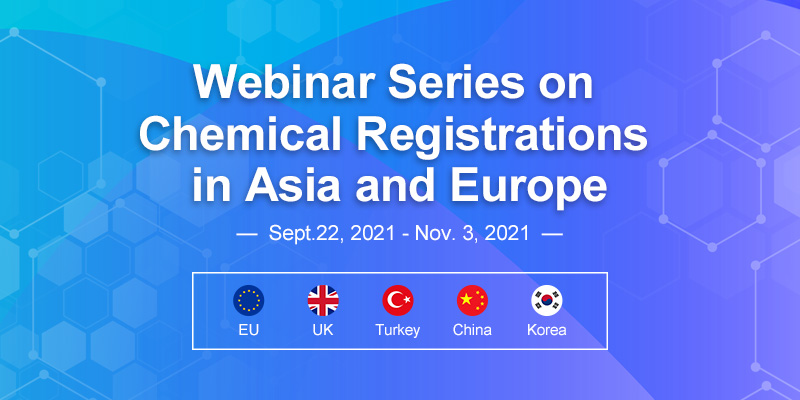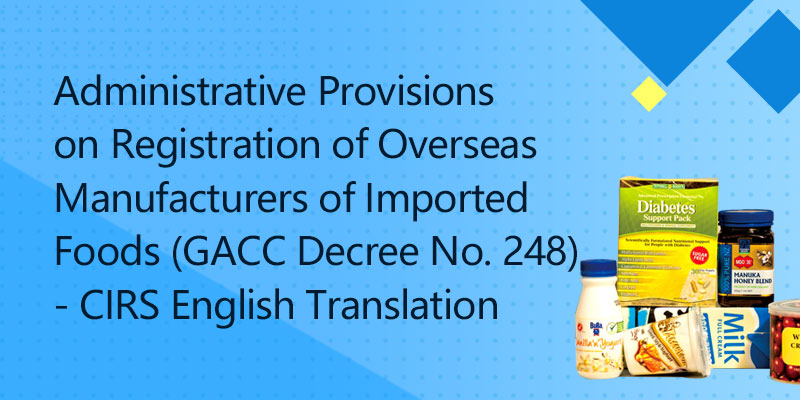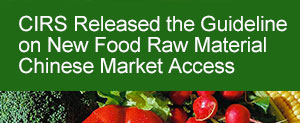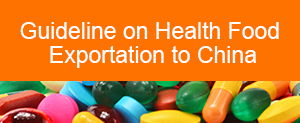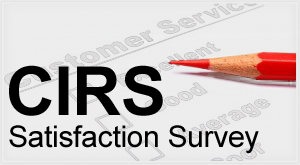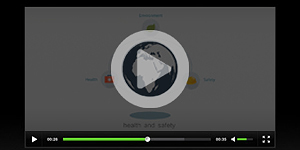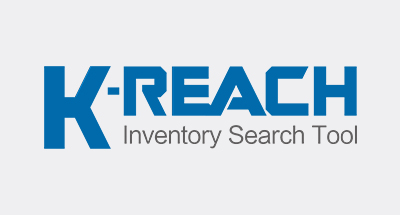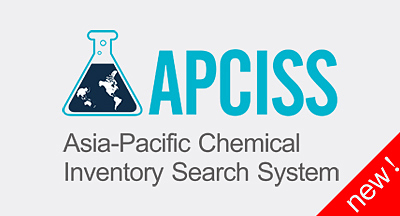On 15 August 2017, 14 ministries, involving Ministry of Environmental Protection of the People’s Republic of China, Ministry of Foreign Affairs, General Administration of Quality Supervision, Inspection and Quarantine and General Administration of Customs, jointly issued the No.38 Announcement about the effectiveness of Minamata Convention on Mercury (hereinafter referred to as Mercury Regulation). The Mercury Regulation came into force on 16 August 2017. Mercury Regulation is considered as another important international convention following the issuance of Stockholm Convention on Persistent Organic Pollutants.
Mercury Regulation will have influence on many fields including the chemical industry, instrument and meter, battery, illumination and medical instruments. From 1 January 2021, the following mercury-containing products will be prohibited from manufacturing and importing:
I. Battery, excluding zinc-silver oxide battery with mercury less than 2% and zinc air battery with mercury less than 2%. (Mercury Oxygen Batteries and Battery packs, Zinc Mercury Batteries, Cylindrical Alkaline Manganese Batteries with Mercury Dozer More than 0.0001% and Keto Alkaline Manganese Batteries with Mercury Dozer More Than 0.0005% are required to be eliminated, in accordance with the Guidance on Industrial Structure Adjustment (2011) (2013 amendments).
II. Switch and relay, excepting very high accuracy capacitance an loss measurement bridges and high frequency radio frequency switches relays in monitoring and control instruments with a maximum mercury of 20 mg per bridge, switch or relay, are required to be eliminated, according to the Guidance on Industrial Structure Adjustment (2011 ) (2013 amendment)
III. Compact fluorescent lamps (CFLs) for general lighting purposes:
(a) CFL.i≤30 watts with a mercury content exceeding 5 mg per lamp burner;
IV. The following linear fluorescent lamps (LFLs) for general lighting purposes:
(a) Triband phosphor < 60 watts with a mercury content exceeding 5 mg per lamp; and
(b) Halophosphate phosphor≤40watts with a mercury content exceeding 10 mg per lamp.
V. High pressure mercury vapour lamps (HPMVs) for general lighting purposes.
VI. The following mercury-added cold cathode fluorescent lamps and external electrode fluorescent lamps (CCFLs and EEFLs) for electronic displays:
(a) short length(≤500mm)with mercury content exceeding 3,5 mg per lamp;
(b) medium length(>500mm and≤1500mm)with mercury content exceeding 5 mg per lamp; and
(c) long length(>1500mm)with mercury content exceeding 13 mg per lamp.
VII. Cosmetic with mercury more than one millionth, including soap and cream, excluding eye cosmetic with mercury as a preservative and no effective safe alternative.
VIII. Pesticides, biocides and topical antiseptics.
IX. The following non-electronic measuring devices:
(a) barometers;
(b) hygrometers;
(c) manometers;
(d) thermometers and other non-electrical thermometric applications;
(e) sphygmomanometer;
(f) strain gauges to be used with plethysmographs;
(g) mercury pycnometers; and
(h) mercury metering devices for determination of the softening point.
This entry does not cover the following measuring devices:
- non-electronic measuring devices installed in large-scale equipment or those used for high precision measurement where no suitable mercury-free alternative is available;
Mercury containing thermometer and mercury sphygmomanometer are banned from manufacturing since 1 January 2026. In addition, acetaldehyde, vinyl chloride monomer, polyurethane, sodium methoxide, potassium methoxide, sodium ethoxide, potassium ethoxide, chlor-alkali and other chemical production processes should phase out mercury and mercury compounds step by step.
Switch and relay, electronic display and measuring instrument containing mercury cold cathode fluorescent lamp and external electrode fluorescent lamp, involving civil defense and military use, research, instrument calibration and reference use, will be exempted. Religious articles and vaccine with thiomersal used as a preservative can also be exempted.
In May this year, the Official Journal of EU published its Regulation on mercury (EU) 2017/852, regulating the use, storage and trade requirements of metallic mercury, mercury compounds and mercury mixtures, as well as the export, import and manufacturing of the mercury-added products, and expounds the management of mercury wastes. In contrast, both China and the EU are generally consistent with the control of mercury-containing products.
It is suggested that relevant mercury-containing products manufactures should comprehend mercury Regulation and develop new alternatives to accelerate product transformation, also pay more attention to product testing, to avoid trade risks.

